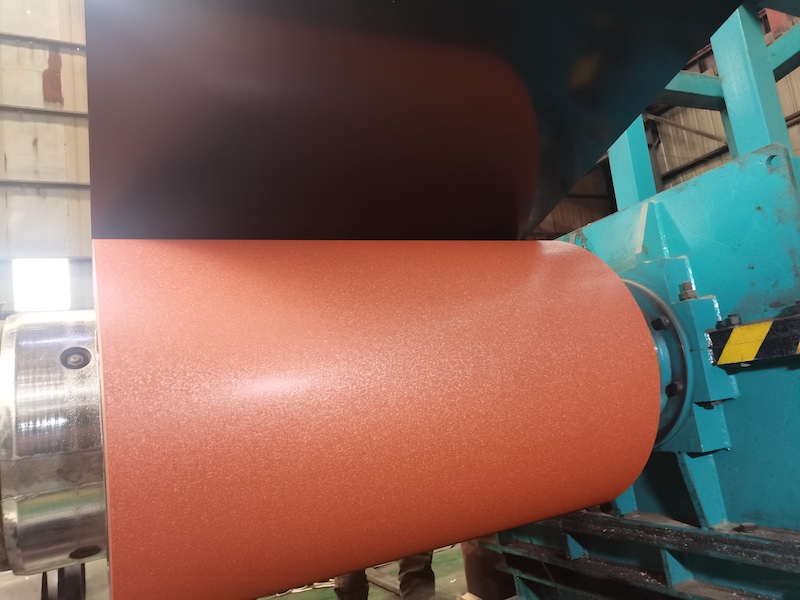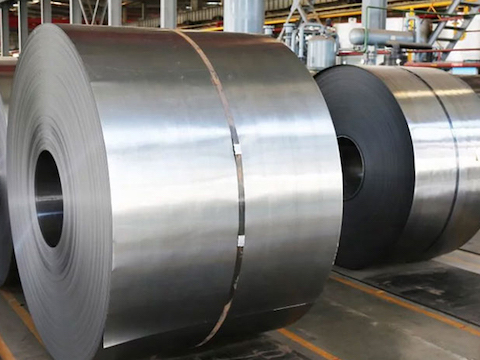Galvanized Steel Guide: Analysis of key issue
CATALOG
- Definition of Galvanized Steel
- The Core Value of Galvanizing
- The Core Value of Galvanized Steel
- Mainstream Galvanizing Technologies
- Special Galvanizing Process
- Comparison of Major Galvanizing Process Characteristics
- Material Properties and Performance Advantages
- International general specification system
- Galvanized Steel Specification
- Application Scenarios
- What is Difference between GI and GL?
- Galvanized Steel Ordering Guide
- Prevention of Common Problems in Galvanized Steel Procurement
- HS Code for Galvanized Steel Coil Core
Definition of Galvanized Steel
Оцинкованная сталь is a steel product coated with zinc to prevent corrosion. This treatment combines the strength of steel with the corrosion resistance of zinc, making it one of the most widely used materials in industry today.
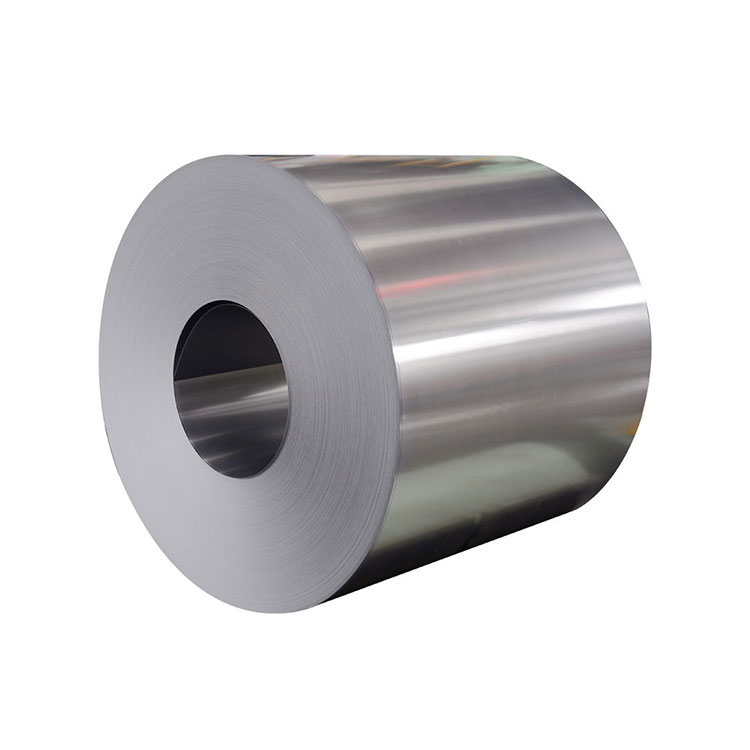
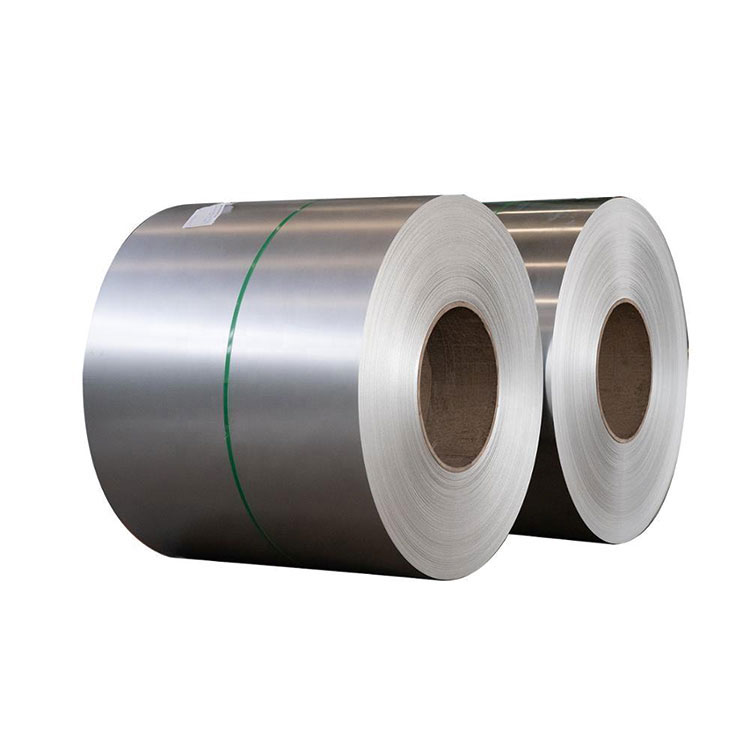
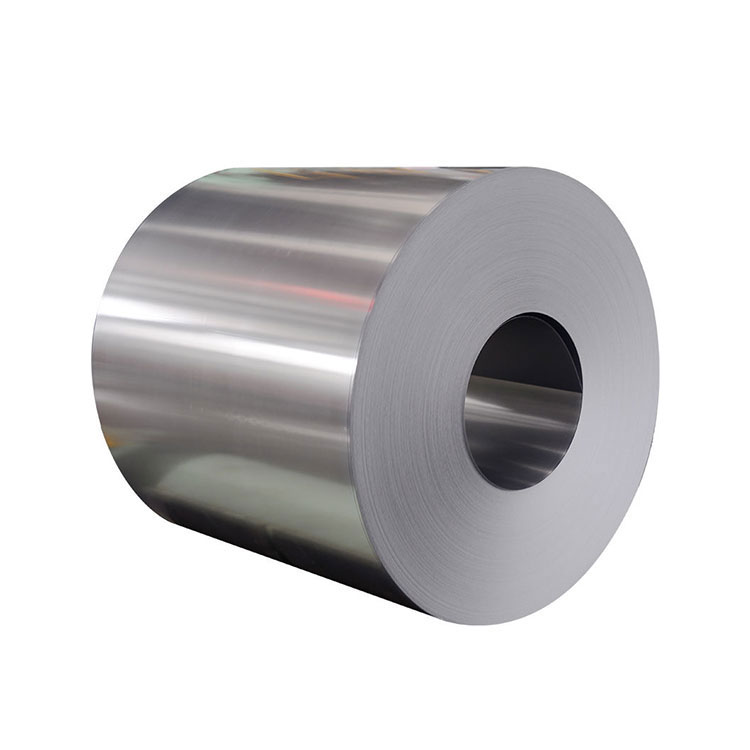
The Core Value of Galvanizing
The core value of galvanizing lies in its sacrificial anodic protection mechanism: when the zinc coating is scratched or damaged, the zinc corrodes before the steel, protecting the underlying metal from damage.
The zinc coating on the steel surface acts as both a physical barrier and an electrochemical barrier. On the one hand, it isolates the steel from direct contact with moisture, oxygen, and other corrosive substances in the environment. On the other hand, the galvanic effect formed by the zinc-steel interaction makes the zinc the anode, being consumed first in the electrochemical reaction, thus protecting the steel substrate, which acts as the cathode. This dual protective mechanism gives galvanized steel its exceptional durability, enabling it to effectively protect steel structures for up to a century with an average zinc coating thickness of 85 microns.
The Core Value of Galvanized Steel
The economic value of galvanized steel is significant. While other corrosion-resistant materials, such as stainless steel, offer advantages in specific applications, galvanized steel strikes an ideal balance between corrosion resistance and cost control. Its initial cost is typically lower than stainless steel, and its reduced maintenance requirements further reduce lifecycle costs. Galvanized steel can be put into service immediately upon delivery, eliminating the need for additional coating, significantly shortening project cycles and reducing overall costs.
Mainstream Galvanizing Technologies
Hot-dip galvanizing
Hot-dip galvanizing (HDG), the most widely used galvanizing method, is a precise and efficient process. The steel first undergoes rigorous chemical cleaning to remove surface impurities and oxides. It is then immersed in a bath of molten zinc maintained at approximately 460°C (860°F). A metallurgical reaction occurs between the zinc and the steel, forming a series of zinc-iron alloy layers. When the steel is removed from the bath, the pure zinc on the surface reacts with oxygen in the air to form zinc oxide, which then combines with carbon dioxide to form zinc carbonate, the final protective coating.
This process creates a coating with a distinctive crystalline pattern (commonly known as zinc spangles) and is typically 50-150 microns thick, providing excellent mechanical protection and long-term corrosion resistance.
Electrogalvanizing
Electrogalvanizing, on the other hand, utilizes a completely different technical approach. Instead of using a molten zinc bath, zinc ions are deposited onto the steel surface through an electrolytic process. The positively charged zinc ions are reduced by an electric current and deposited evenly onto the charged steel substrate. The advantage of electrogalvanizing is the ability to precisely control coating thickness (typically within a range of 5-30 microns) and achieve a smooth, uniform surface, making it particularly suitable for products requiring high dimensional accuracy, such as electronic components and appliance housings.
However, compared to hot-dip galvanizing, electrogalvanizing produces a thinner coating, and the sacrificial protective effect lasts for a relatively short period of time.
Special Galvanizing Process
Galvannealed
This process combines hot-dip galvanizing with annealing to create a zinc-iron alloy coating on the steel surface. This process creates a matte gray finish, improving paint adhesion and weldability, making it particularly suitable for parts such as automotive panels that require subsequent painting.
Pre-galvanizing
This process continuously processes steel in coil form at the steel mill. The metal sheet passes through cleaner rollers for efficient cleaning and pre-treatment, then passes through a molten zinc bath for galvanizing before being re-coiled. This method enables large-scale, high-speed production, meeting the volume demand for galvanized coils in the construction and manufacturing industries.
Comparison of Major Galvanizing Process Characteristics
| Process Type | Толщина покрытия | Surface Characteristics | Main Advantages | Typical Applications |
| Hot-Dip Galvanizing | 50-150 microns | Spangle crystal pattern | High corrosion resistance, long life | Building structures, transmission towers, highway guardrails |
| Electrogalvanizing | 5-30 microns | Smooth and uniform finish | Precise thickness control, uniform appearance | Home appliance housings, electronic chassis, automotive interiors |
| Annealed Galvanizing | 30-60 microns | Matte gray finish | Excellent weldability, strong paint adhesion | Automotive panels, industrial parts requiring painting |
| Pre-Galvanizing | 20-90 g/m² | Bright or zero spangle | High production efficiency, low cost | Building roof panels, wall panels, rolling shutters |
Material Properties and Performance Advantages
Superior Corrosion Resistance and Lifespan
The most significant advantage of galvanized steel is its exceptional rust resistance. The zinc coating acts as a physical barrier, isolating the steel from corrosive elements while providing a secondary layer of protection through sacrificial anodic protection.
Under standard industrial conditions (e.g., a G90 coating thickness), galvanized steel can achieve a service life of over 50 years; in dry environments, it can even reach 70 years. This characteristic makes it particularly effective in harsh environments with high humidity and salinity, such as coastal structures and road infrastructure.
Excellent Durability
Galvanized steel can withstand the rigors of physical shock and environmental stress. The zinc layer offers excellent wear and impact resistance, protecting the substrate from mechanical damage during transportation, installation, and use. It also offers excellent weather resistance, resisting UV rays, temperature fluctuations, and atmospheric pollutants, maintaining its structural integrity and appearance over time.
Distinctive Economic Benefits
Galvanized steel offers a significant competitive advantage in lifecycle costs. While the initial investment may be slightly higher than that of ordinary carbon steel, it is significantly lower than alternative materials such as stainless steel. More importantly, galvanizing significantly reduces maintenance requirements and replacement frequency. In architectural applications, galvanized steel structures are virtually maintenance-free, while in industrial settings, maintenance intervals are significantly extended. A comprehensive cost analysis shows that the 50-year lifecycle cost of galvanized steel is only 1/2 to 1/34 of that of painted carbon steel.
Excellent Versatility and Processability
Galvanized steel retains its inherent plasticity and strength, making it easily fabricated into a variety of shapes and sizes through cutting, bending, welding, and stamping. Hot-dip galvanized steel offers yield strengths of 470-550 MPa and tensile strengths of 510-600 MPa, meeting the needs of most structural applications. Special treatments such as galvannealing further enhance the material’s weldability and paint adhesion, expanding its application range.
Environmental Sustainability
Galvanized steel is a 100% recyclable green building material. The galvanizing process uses a natural, non-toxic zinc coating that is safe for the environment and people. Both the steel and the zinc can be recycled endlessly without loss of performance properties, significantly reducing resource consumption and carbon emissions.
Aesthetic Surface Properties
Galvanized steel has a unique silvery-white sheen, creating a clean, minimalist look. The size of the spangles can be adjusted to suit the application, from zero or small to regular or large. This natural metallic finish not only offers industrial aesthetic value but also serves as a decorative finish.
International general specification system
There are several international standard systems, the most common of which are:
Coating Weight Standard (US System): The letter “G” followed by a number indicates the zinc coating weight (ounces) per square foot. For example:
- G90: 0.9 ounces/square foot (approximately 275 grams/square meter)
- G235: 2.35 ounces/square foot (approximately 717.2 grams/square meter), suitable for highly corrosive environments
Tensile Strength Standard (Japanese/European System): The letter “Z” followed by a number indicates the minimum tensile strength (MPa) of the material. For example:
- Z275: 275 grams/square meter coating weight
- Z700: 700 MPa tensile strength, 700 grams/square meter zinc coating weight
Steel Thickness Standard (International System): The gauge system is used to indicate the thickness of the steel plate, with lower numbers indicating thicker steel. Common specifications include:
- 18-gauge galvanized steel: 1.21 mm thick, widely used in construction and industrial manufacturing
- 16-gauge galvanized steel: 1.61 mm thick, used for structural parts requiring higher strength
Recommended Purchase
- For general environments (e.g., inland buildings): Choose G90/Z275.
- For highly corrosive environments (e.g., coastal areas, industrial areas): Choose G115/Z350 or higher.
- For harsh environments (e.g., chemical plants, offshore platforms): Recommend G235/Z700.
Galvanized Steel Specification
| Элемент | Parameters |
| Products name | Оцинкованная сталь |
| Оценка | SGCC/SGCH/DX51D/DX52D/DX53D |
| Сертификаты | ISO9001-2008,SGS,BV |
| Толщина | 0.4mm~2.5mm |
| Ширина | 600-1250 mm |
| Вес рулона | 3-8 tons |
| Длина | 4m-12m or As requirements |
| Обработка поверхности | Hot-dip galvanizing (HDG): Molten zinc (443°C) forms a zinc-iron alloy layer. Electrogalvanizing (EG): Electrolytic deposition produces a uniform but thin coating. Post-treatments: Chromic acid passivation (an environmentally friendly alternative), chromium-free passivation, and oiling. |
| Base Material | Q235B (China): C ≤ 0.22%, Mn 0.30%-0.65% S275JC (European Standard): P ≤ 0.025%, S ≤ 0.020% |
| Mainstream standards | China: GB/T 3091-2015 (steel pipe), YB/T 6180-2024 (new slide rail steel strip standard) USA: ASTM A653/A653M (plate), ASTM A153 (pipe fittings) Europe: EN 10346 (continuous hot-dip galvanizing) Japan: JIS G3302 (galvanized sheet), JIS G3444 (steel pipe) |
| Служба обработки | Сварка, штамповка, резка, гибка, размотка |
| Срок поставки | 10-25 work days |
| Условия оплаты | T/T, аккредитив по предъявлении |
| Транспортный пакет | Стандартная морская упаковка |
Application Scenarios
Building and Structural Engineering
In the construction industry, galvanized steel is the preferred material for roofing, siding, and structural support. Galvanized steel is used in roofing materials such as metal tiles and corrugated sheeting, effectively resisting wind and rain erosion. As a siding material, it provides both protection and decorative features. It is also widely used in drainage systems such as culverts, pipes, and guardrails.
Automotive Manufacturing
From body panels and chassis components to exhaust systems, galvanized coatings provide rust protection for critical components, significantly extending the life of vehicles. Galvanized annealed steel is widely used in exterior body panels due to its excellent paint adhesion.
Home Appliances and Electronic Equipment
Galvanized steel is widely used in the exterior and internal structural components of appliances such as refrigerators, washing machines, and air conditioners, protecting delicate electronic components from moisture and chemical corrosion.
Agricultural Facilities and Equipment
Galvanized steel is used in structures exposed to harsh environments, such as granaries, livestock pens, and irrigation systems.
Municipal and Transportation Engineering
Galvanized steel is used in municipal construction for outdoor structures such as signal towers, road guardrails, and traffic signs. The corrugated beam guardrail system on highways is manufactured using galvanized steel. The support structure for solar panels also relies on the durability of galvanized steel to ensure the long-term and stable operation of energy facilities.
HVAC Systems
Galvanized steel is the standard material for manufacturing heating, ventilation, and air conditioning (HVAC) ductwork. Its processability allows for efficient fabrication into a variety of complex duct components.
What is Difference between GI and GL?
Differences in Coating Composition and Structure
| Characteristic | Galvanized steel (GI) | Aluminum zinc coated steel (Galvalume/GL) |
| Coating composition | Pure zinc (≥ 99%) | 55% aluminum+43.5% zinc+1.5% silicon |
| Microstructure | Uniform zinc layer, surface may form zinc flowers | Honeycomb structure: Aluminum is the “honeycomb”, filled with zinc |
| Coating density | 7.1 g/cm³ | 3.75 g/cm ³ (lighter, covering 3% more area under the same weight) |
Comparison of Corrosion Resistance
1.Anti corrosion principle
Galvanized steel: Zinc as a sacrificial anode preferentially corrodes, providing electrochemical protection for the substrate; Even if the surface is scratched, the zinc layer can still delay the corrosion of the substrate.
Galvalume steel: Aluminum forms a dense aluminum oxide (Al ₂ O3) barrier, physically isolating corrosive media; But the zinc content is low and wrapped in aluminum, which weakens the sacrificial anode effect and makes the incision prone to corrosion.
2.Corrosion Resistance
Ordinary environment: The corrosion resistance of aluminum zinc coated steel is 2-6 times that of galvanized steel (such as a lifespan of 25 years vs 10 years for the same thickness).
Special environment:
High temperature/acidic environment: The aluminum oxide layer coated with aluminum zinc is resistant to high temperature oxidation (315 ° C without discoloration), which is superior to galvanized steel.
Coastal high salt environment: Aluminum zinc plating performs better in chloride resistance due to aluminum, but the cut needs to be painted for protection
Galvanized Steel Ordering Guide
Supplier evaluation and selection
Qualification certification verification: Priority should be given to manufacturers who have passed ISO 9001 quality management system certification to ensure that their production processes comply with international standards.
Production and technical capability: evaluate the equipment progressiveness and technical expertise of suppliers. Manufacturers with fully automated hot-dip galvanizing production lines and online quality monitoring systems can better ensure product consistency and coating uniformity. Suppliers with deep processing capabilities such as cold rolling, longitudinal cutting, and stamping can provide more value-added services, reduce intermediate links, and lower costs.
Supply stability and delivery cycle: Confirm the supplier’s raw material inventory status and monthly production capacity (such as Wanzhi Steel’s monthly production capacity of 2500 tons+) to ensure that project requirements can be met. At the same time, understand the standard delivery cycle (usually 15-21 days), and clarify the possibility of urgent processing and additional costs for urgent projects.
Customer service and technical support: Excellent suppliers provide free samples and professional technical guidance, such as cutting, installation suggestions, etc. Confirm whether to provide third-party testing reports (such as SGS) and other quality documents, as well as after-sales problem response mechanisms.
Confirmation of steel technical parameters
Zinc coating standards:
Specify the type of galvanizing (hot-dip galvanizing or electroplating).
Confirm the zinc coating weight (e.g., G90, G235, Z275, Z700).
For outdoor or highly corrosive environments, use a thicker zinc coating (e.g., G115 or higher).
Substrate parameters:
Material selection (Q195/Q235 structural steel or SPCC cold-rolled steel).
Thickness tolerance (e.g., ±0.05mm).
Mechanical properties (tensile strength ≥300MPa, yield strength requirements).
Surface requirements:
Spangle size (zero spangle, small spangle, regular spangle, or large spangle).
Surface treatment (oiling, fingerprint resistance, passivation, or other special requirements).
If subsequent painting is required, small spangle or zero spangle products are recommended.
Ordering Process
Requirement Confirmation: Clarify material specifications, quantity, special requirements, and delivery time.
Sample Acquisition and Testing: Request free samples for salt spray testing, bend testing, and more.
Formal Quotation and Contract: Receive a detailed quotation, specifying technical specifications, packaging standards, and payment terms.
Production Process Supervision: Large orders may require intermediate inspections (such as coating thickness testing).
Final Inspection: Upon arrival, inspect the appearance, dimensions, weight, and surface quality.
After-Sales Support: Utilize the supplier’s technical guidance for processing and installation.
Prevention of Common Problems in Galvanized Steel Procurement
| Question type | Risk performance | Preventive measure |
| The zinc layer does not meet the standard | Early white rust and pitting corrosion | Request SGS salt spray report |
| Dimensional deviation | Difficult processing and high scrap rate | Clearly define tolerance standards |
| Shipping damage | Edge deformation and surface scratches | Agreed packaging standard (wooden pallet+steel strip) |
| Processing problem | Welding cracking and coating peeling | Advance explanation of processing technology |
HS Code for Galvanized Steel Coil Core
| HS Code | Applicable Product Type | Typical Specification Examples |
| 7210490000 | Hot-Dip Galvanized Steel Coil (Width ≥ 600mm) | Thickness 0.6-2.3mm, Width 920-1523mm; Common markings include “hot-dip galvanized,” “non-alloy steel,” and “SGCC.” |
| 7210300000 | Electrogalvanized steel coil (width ≥ 600mm) | Thickness 0.3-2.2mm, width ≥ 600mm; must be marked “electrogalvanized” or “electrolytically coated.” |
| 7212300000 | Hot-dip galvanized narrow strip coil (width < 600mm) | common specifications include 1.2mm × 200mm, 0.8mm × 115mm, etc. |
| 7212200000 | Electrogalvanized narrow strip coil (width < 600mm) | Thickness 0.6-1.6mm; must be marked “electrolytically galvanized.” |
| 7210700000 | Color-coated galvanized coil | Surface coated with an organic coating (such as color-coated steel sheet); must specify the coating material. |
Заключение
If you have any other questions, please fill in the form below. Welcome to consult and order galvanized steel and related products.
